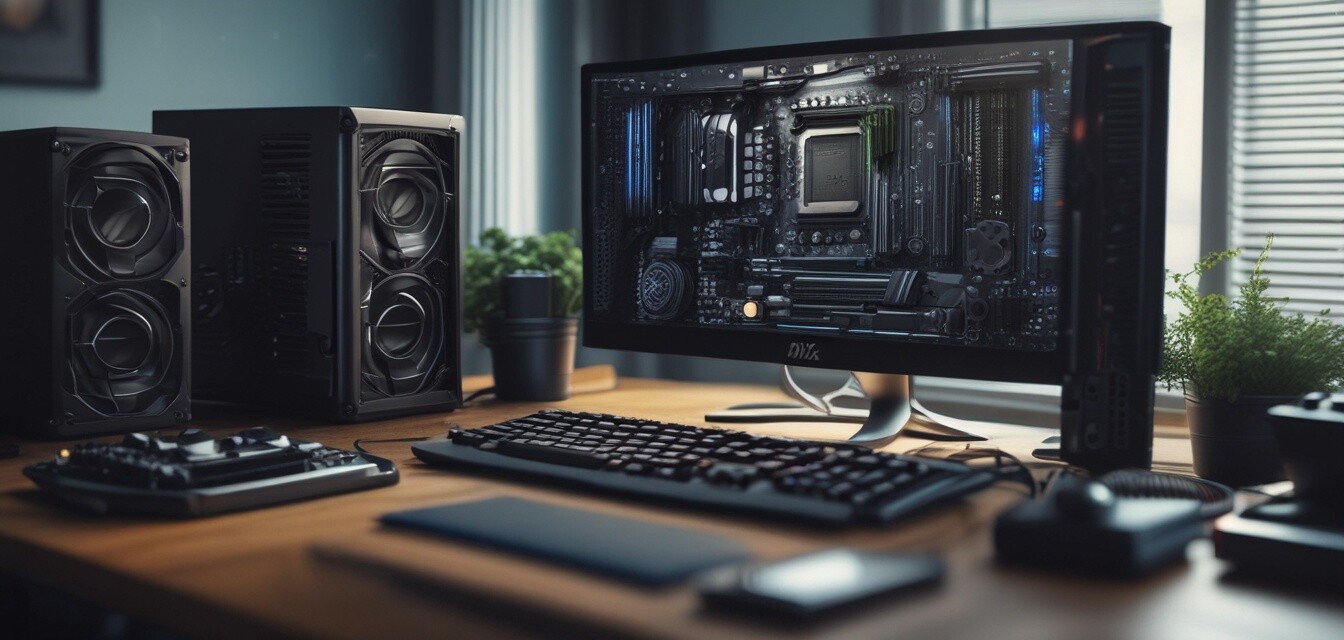
Upgrading Your Desktop PC: What You Need to Know
Key Takeaways
- Identify the components you need to upgrade for improved performance.
- Set a budget to ensure cost-effective upgrades.
- Consider compatibility of new parts with existing hardware.
- Utilize online resources and communities for guidance and support.
Upgrading your desktop PC can seem daunting, but it doesn't have to be. With the right knowledge and planning, you can enhance your computer's performance without breaking the bank. This guide will walk you through essential tips and considerations to make your upgrade journey smooth and efficient.
Why upgrade your desktop PC?
Upgrading your desktop PC can enhance its performance, speed, and capabilities. Some common reasons for upgrading include:
- Increased gaming performance.
- Improved multitasking capabilities.
- Updated features to support the latest software.
- Cost-effective way to extend the life of your aging system.
Components to consider for upgrading
When it comes to upgrading your desktop PC, different components will yield varying levels of performance improvement. Here are key components to consider:
| Component | Benefits of Upgrading | Considerations |
|---|---|---|
| Processor (CPU) | Increased processing power and speed. | Check motherboard compatibility. |
| Graphics Card (GPU) | Better graphics performance, especially for gaming. | Ensure it fits in the case and is compatible with the power supply. |
| Memory (RAM) | Improved multitasking and efficiency. | Verify the RAM type and capacity supported by your motherboard. |
| Storage (SSD/HDD) | Faster boot and load times. | Consider SSD for speed, but HDD may offer more storage for less. |
| Power Supply (PSU) | Support for new components. | Calculate power requirements of new hardware. |
Setting a budget for your upgrades
Before purchasing any components, it’s essential to establish a budget. Here are some steps to help you:
- Determine which components provide the most benefit for your needs.
- Research and compare prices across different retailers.
- Account for potential additional costs, such as tools or software.
- Prioritize upgrades based on your budget and needs.
Planning your upgrades
Planning is key when upgrading. Follow these steps to ensure a smooth process:
- Assess your current setup to understand what needs upgrading.
- Gather information on the compatibility of new components.
- Follow a step-by-step guide on how to perform the upgrades.
- Look into warranty implications when changing hardware.
Using online resources and communities
The internet is a valuable resource for PC enthusiasts. Leverage online tools and communities to help guide your upgrades:
- Forums and discussion boards offer insights from fellow users.
- Watch tutorial videos for step-by-step guidance on upgrades.
- Read reviews and feedback on specific components.
- Join local or online gaming communities for targeted advice.
Safety precautions
When performing hardware upgrades, safety is paramount. Keep these precautions in mind:
- Turn off and unplug your PC before starting any upgrades.
- Ground yourself to prevent static electricity damage to components.
- Keep a clean and organized workspace to avoid losing small parts.
Pros
- Increases system performance and capability.
- Cost-effective compared to purchasing a new PC.
- Customization options to suit individual needs.
Cons
- Potential compatibility issues with old hardware.
- May require specific technical knowledge.
- Initial costs can add up if multiple components are updated.
Conclusion
Upgrading your desktop PC can be a rewarding experience, offering significant performance enhancements without the price tag of a new machine. By understanding your options, setting a budget, and following safe practices, you can upgrade efficiently. For more detailed buying guides, you can explore our Buying Guides section to help make informed decisions on components and accessories.